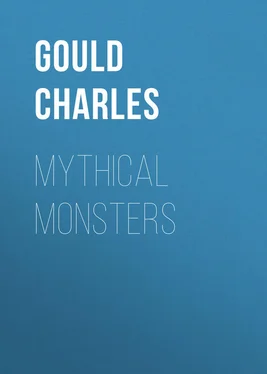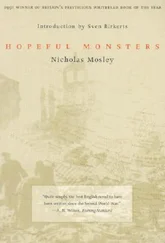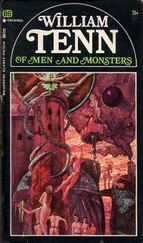I have given in the annexed plates a few examples of the early hieroglyphics on which the modern Chinese system of writing is based, selected from a limited number collected by the early Jesuit fathers in China, and contained in the Mémoirs concernant l’Histoire, &c. des Chinois, par les Missionaires de Pekin , vol. i., Paris, 1776. The modern Chinese characters conveying the same idea are attached, and their derivation from the pictorial hieroglyphics, by modification or contraction, is in nearly all cases obvious.
“The Porcelain Tower of Nankin, once one of the seven wonders of the world, can now only be found piecemeal in walls of peasants’ huts.” – Gutzlaff, Hist. China , vol. i. p. 372.
The outer casing of the pyramid of Cheops, which Herodotus ( Euterpe , 125) states to have still exhibited in his time an inscription, telling how much was expended (one thousand six hundred talents of silver) in radishes, onions, and garlic for the workmen, has entirely disappeared; as also, almost completely, the marble casing of the adjacent pyramid of Sen-Saophis. According to tradition the missing marbles in each instance were taken to build palaces with in Cairo.
“The work of destruction was carried on methodically. From the Caspian Sea to the Indus, the Mongols ruined, within four years, more than four centuries of continuous labour have since restored. The most flourishing cities became a mass of ruins: Samarkand, Bokhara, Nizabour, Balkh, and Kandahar shared in the same destruction.” – Gutzlaff, Hist. China , vol. i. p. 358.
“An army of 700,000 Mongols met half the number of Mahommedans.” — Ibid. p. 357.
Those interested in the subject may read with great advantage the section on dynamical geology in Dana’s valuable manual. He points out the large amount of wear accomplished by wind carrying sand in arid regions, by seeds falling in some crevice, and bursting rocks open through the action of the roots developed from their sprouting, to say nothing of the more ordinarily recognized destructive agencies of frost and rain, carbonic acid resulting from vegetable decomposition, &c.
Darwin, in Vegetable Mould and Earth-worms , has shown that earthworms play a considerable part in burying old buildings, even to a depth of several feet.
Rev. T. K. Cheyne, Article “Deluge,” Encyclopædia Britannica , 1877. François Lenormant, “The Deluge, its Traditions in Ancient Histories,” Contemporary Review , Nov., 1879.
Bunsen estimates that 20,000 years were requisite for the formation of the Chinese language. This, however, is not conceded by other philologists.
Rawlinson quotes the African type on the Egyptian sculptures as being identical with that of the negro of the present day.
“While the tradition of the Deluge holds so considerable a place in the legendary memories of all branches of the Aryan race, the monuments and original texts of Egypt, with their many cosmogenic speculations, have not afforded one, even distant, allusion to this cataclysm. When the Greeks told the Egyptian priests of the Deluge of Deucalion, their reply was that they had been preserved from it as well as from the conflagration produced by Phaeton; they even added that the Hellenes were childish in attaching so much importance to that event, as there had been several local catastrophes resembling it.” – Lenormant, Contemporary Review , November 1879.
François Lenormant, “The Deluge; its Traditions in Ancient Histories,” Contemporary Review , vol. xxxvi. p. 465.
Here several verses are wanting.
“The water of the twilight at break of day,” one of the personifications of rain.
The god of thunder.
The god of war and death.
The Chaldæo-Assyrian Hercules.
The superior heaven of the fixed stars.
Vases of the measure called in Hebrew Seäh . This relates to a detail of the ritualistic prescriptions for sacrifice.
These metaphorical expressions appear to designate the rainbow.
The god of epidemics.











